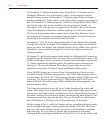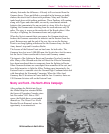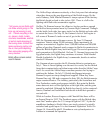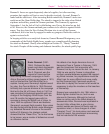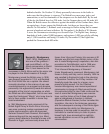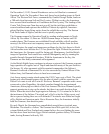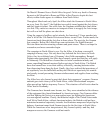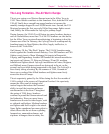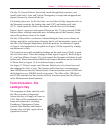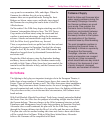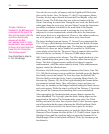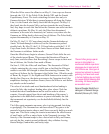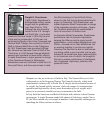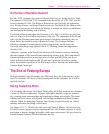
148
Close Combat
By June 6, Allied air superiority makes it impos-
sible for the Germans to move reinforcements to
the front intact. It takes some units four days to
travel distances that should take only one; other
units, especially motorized units, are badly mauled
before they even reach the front.
Allied air superiority also pays dividends to the
soldiers on the ground. After campaigns in North
Africa, Italy, and the Pacific, the Allied armies
have developed excellent ground support tactics.
Tens of thousands of ground support sorties are
flown during the Normandy Campaign while
German aircraft are seldom seen.
A Foothold in Europe
The
Landings in Sicily
In January 1943, Allied strategy is again put to the
test at the Casablanca Conference. Churchill meets
with Roosevelt to discuss the next phase of Allied operations. When the meeting is
over, they have agreed to a Second Front, a subsidiary operation in Italy, a major
operation against U-boats, and the Combined Bomber Offensive against Germany.
At their next meeting, in Washington, Churchill and Roosevelt set the invasion of
northwest Europe for May 1, 1944.
General Dwight Eisenhower commands the offensive in Sicily
code named
Operation Husky, with General Harold Alexander commanding the landing forces.
General George Patton commands the U.S. Seventh Army landing west of Cape
Passero; General Bernard Montgomery commands the British Eighth Army
landing east of Cape Passero. Both Patton and Montgomery are veterans of the
war in North Africa; both go on to play major roles in Overlord and the fighting
in France.
These armies will face General Guzzoni’s Italian Sixth Army. Guzzoni
commands roughly 250,000 men, including about 75,000 Germans. The Italian
troops are poorly equipped and demoralized from their mauling in North Africa.
Guzzoni compounds his problems by tying up many units defending static
coastal positions.
The assault on Sicily begins on the evening of July 9, 1943. General Matthew
Ridgeway’s 82nd Airborne Division drops over too large an area and cannot
consolidate to take all its objectives. The British paratroopers fare better
but
one-third of the British gliders are released too early and crash at sea. Still, the
disruption caused by the airborne assault helps the seaborne assault the next day.
“Major Martin”
There is an interesting prelude to the launch
of Operation Husky. In late April, the British
submarine HMS
Seraph
releases the body of
“Major Martin” of the Royal Marines into the
sea off the Spanish port of Huelva. Major
Martin carries letters from the Vice Chief of
the British General Staff and Chief of Com-
bined Operations to Eisenhower and his staff
outlining the Allied invasion of Greece. The
Allies hope the Germans will recover the body
and read the letters, because the body is not
that of Royal Marine Major Martin. The letters
are fakes intended to deceive the Germans
as to the real invasion target, Italy. The
deception works; the Germans recover the
body, read the letters, and remain uncertain
about Allied intentions.



